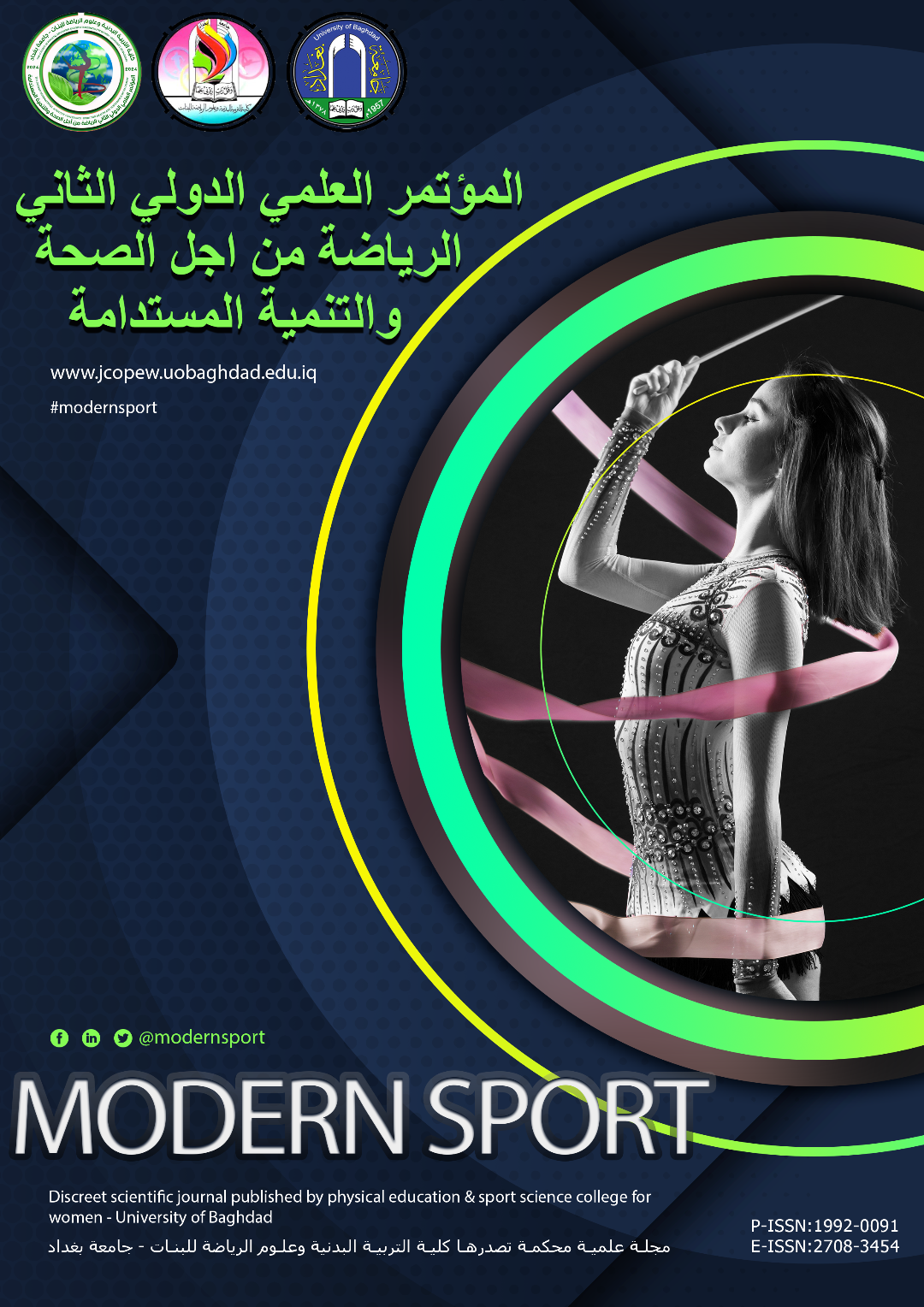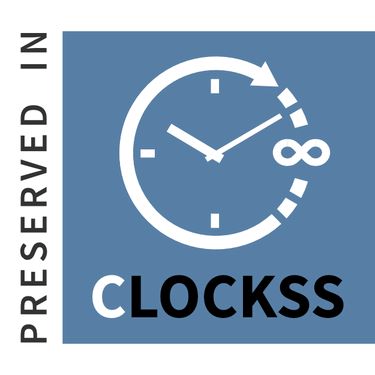The effect of special exercises in the aquatic environment on some physical and physiological variables for patients with high blood pressure
DOI:
https://doi.org/10.54702/93f24006Keywords:
exercise, physiological variables, physical variables, high blood pressure patients, exercise in aquatic environmentAbstract
The research aims to find out the effect of exercise, especially in the aquatic environment, on some physical and physiological variables for patients with high blood pressure. The problem of the research was that high blood pressure is one of the chronic diseases widely spread in Iraq, which occurs either due to heredity or because of bad habits practiced by humans, including eating food in a large manner. Excessive or lack of sleep or lack of movement, and this is the most influential reason for the spread of high blood pressure disease. During the researchers’ follow-up to some hospitals and private internal medicine clinics, they found that most of high blood pressure patients feel early fatigue and an inability to walk or move for short or long periods, and this in turn It greatly affects the completion of daily life duties. The research sample was randomly selected for patients with high blood pressure whose ages ranged between (50-55) years and their number was (20) male patients with this disease. The researchers used the experimental method, as it is the most appropriate method for solving the problem. The research problem: The sample was divided into two groups of equal number, each with (10) patients. Training was conducted for the first group under the supervision of the researchers, and the second group was trained independently, and pre-tests were carried out after the objective of the research was explained to the participants and their approval was obtained formally on the date of (6/3/2023) and the post-tests were on (9/4/2023) in the Spanish swimming pool located in Babylon Governorate, Hilla District in the Al-Iskan area. The tests included some physical variables such as walking (6) minutes and physiological variables such as heart rate, And testing heart effort, high and low blood pressure, and pulmonary ventilation. The researchers concluded that training in the water environment and on a regular basis in swimming pools and under the supervision of researchers affects the variables mentioned above, and that self-training leads to obtaining inefficient results due to the sample’s lack of commitment to training on an ongoing basis.
References
- Ades, P.A., Waldmann, M.L., Meyer, W.L., Brown, K.A., Poehlman, E.T., Pendlebury, W.W., Leslie, K.O., Gray, P.R., Lew, R.R. and LeWinter, M.M. (1996). Skeletal muscle and cardiovascular adaptations to exercise conditioning in older coronary patients. Circulation 94(3), 323-330.
- American Thoracic Society, (1983). Screening for adult respiratory disease, Am Rev Respir Dis, 128:768–774.
- Boule, N.G., Kenny, G.P., Haddad, E., Wells G.A. and Sigal, J. (2003). Meta-analysis of the effect of structured exercise training on cardiorespiratory fitness in Type 2 diabetes mellitus. Diabetologia 46(8), 1071-1081.
- Fitchet, A., Doherty, P., Bundy, C., Bell, W., Fitzpatrick, A. and Garratt, C. (2003) Comprehensive cardiac rehabilitation programme for implantable cardioverter-defibrillator patients: a randomised controlled trial. Heart 89: 155–160.
- Flynn, K., Pina, I., Whellan, D., Lin, L., Blumenthal, J., Ellis, S. et al. (2009) Effects of exercise training on health status in patients with chronic heart failure: HF-ACTION randomized controlled trial. JAMA 301: 1451–1459.
- Goldberg AP, Geltman EM, Gavin JR 3rd, Carney RM, Hagberg JM, Delmez JA, Naumovich A, Oldfield MH, Harter HR: Exercise training reduces coronary risk and effectively rehabilitates hemodialysis patients. Nephron 1986, 42(4):311-316.
- Howley, E.T. (2001). Type of activity: resistance, aerobic and leisure versus occupational physical activity. Medicine and Science in Sports and Exercise, 33(6), S364-369.
- Kirsten P Koh, Robert G Fassett, James E Sharman, Jeff S Coombes and Andrew D Williams (2009). Intradialytic versus home based exercise training in hemodialysis patients: a randomised controlled trial, BMC Nephrology, 10:2, 1-6.
- Massimo F. Piepoli, et al., (2011). Exercise training in heart failure: from theory to practice. A consensus document of the Heart Failure Association and the Eur opean Association for Cardiovascular Prevention and Rehabilitation, European Journal of Heart Failure, 13, 347–357.
- McMurray, J., Adamopoulos, S., Anker, S., Auricchio, A., Bohm, M., Dickstein, K. et al. (2012) ESC guidelines for the diagnosis and treatment of acute and chronic heart failure 2012: The Task Force for the Diagnosis and Treatment of Acute and Chronic Heart Failure 2012 of the European Society of Cardiology. Developed in collaboration with the Heart Failure Association (HFA) of the ESC. Eur Heart J 33: 1787–1847.
- Stuart RJ Jr, Ellestad MH, (1980). National survey of exercise stress testing facilities. Chest, 7, 77:94.
- Thomas, D.E., Elliottet, E.J. and Naughton, G.A. (2006). Exercise for heart failure patients. Cochrane Database of Systematic Reviews, 3(2), 23-33.
- Tahir, S. A. Al selmi, A. D. H. (2023). The Effect of a Training Curriculum According To the Physiological Index and the Transitional Speed of the 100m Hurdles Runner. Revista iberoamericana de psicología del ejercicio y el deporte, 18(3), 259-262. https://www.scopus.com/record/display.uri?eid=2-s2.0-85166317191&origin=resultslist
- Al-Nedawy , R. I. A. ., & Saeed Al-Mousawi , S. Q. (2022). Effect of a training program on the development of physical abilities in football goalkeepers. SPORT TK-Revista EuroAmericana de Ciencias del Deporte, 11, 36. https://doi.org/10.6018/sportk.522961
- Shbeeb, H. B., Almousawi, S. Q. S., & Jawad, S. M. (2023). Analysis of the amount of lost fluids, some blood components and mineral salts in volleyball under hot weather conditions. SPORT TK-Revista EuroAmericana de Ciencias del Deporte, 36-36. https://www.scopus.com/record/display.uri?eid=2-s2.0-85169810765&origin=resultslist
Downloads
Published
Issue
Section
License
Copyright (c) 2024 Modern Sport

This work is licensed under a Creative Commons Attribution 4.0 International License.















